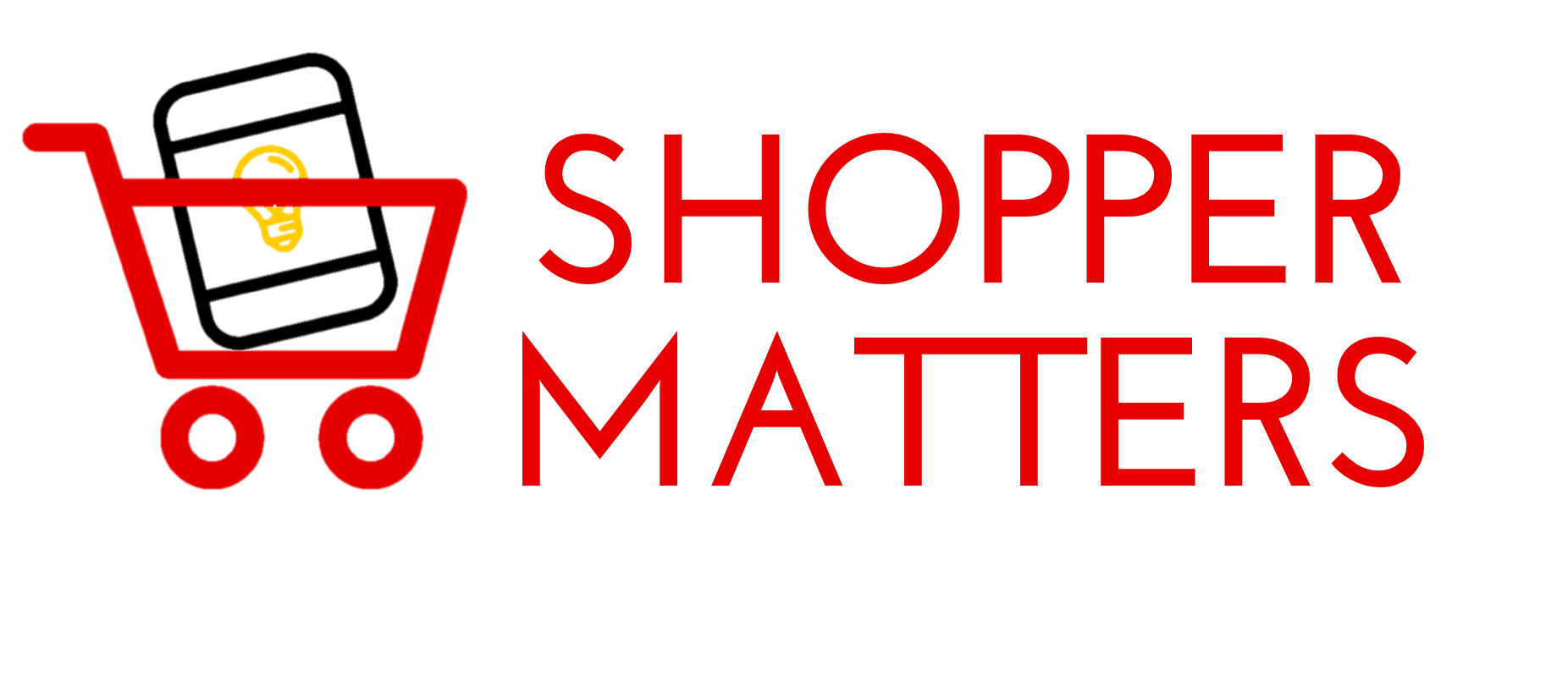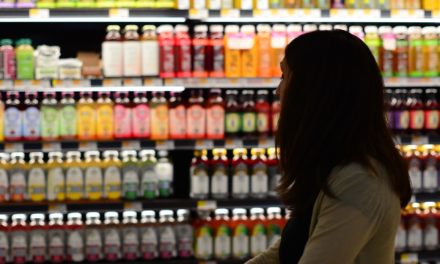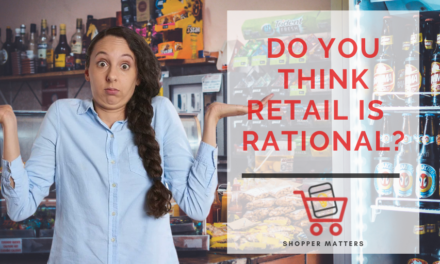Are we Missing the BIG Picture?
In a zeal to chase the siren song of new technology manufacturers and retailers may be missing the bigger picture.
The key question is not ‘what is the best technology to use’?
The big picture to focus on is “how do we assure shopper loyalty to our stores”?
This “mission” is very different if you are selling toothpaste vs. tuxedoes.
For FMCG (fast moving consumer goods) retailers, it may be as simple as making the store more intuitive to navigate for busy shoppers with not much time on their hands.
I find I’m more comfortable in stores when I know where “stuff” is.
And, as a man I hate to ask for directions.
We work in a complicated world
In point of fact, however, the challenge is quite a bit more complicated than merely product and category placement.
It’s important to think of “shopping” as heterogeneous.
Issues and opportunities are very different by shopper demographics, category and class of trade.
Shoppers in the store – and there will be less of them – are harder to impact as they focus on trip missions and “shopping to the list.”
As formats are forced to realign and focus on assortment or experience, both retailer and brands will need to align with new strategies.
Let’s take an example: high impulse categories like confections and snacks.
It will become increasingly important for CPG manufacturers to identify new distribution outlets with logical usage & consumption synergies.
What could this look like?
- A “Fuel Up” snack/confection spot at Game Stop. Teens & young adult gamers can easily grab “fuel” for those long nights fighting demons and/or criminals.
- Meal bundles in grocery. Placement in logical adjacency categories like deli and/or prepared meals help break up the shopping trip and get brands out of merchandising ‘ruts’.
Emerging Competition
From a retailer perspective, “grocery” retailers need to understand there is emerging competition from many new sources, in addition to Amazon.
The game is also changing for discounters (such as Aldi and Lidl) and for convenience stores (such as WaWa).
If a business model is built on moving “tons of goods with very low margins” small bites from existing revenue streams can present major problems.
All this gives more reason to focus against generating shopper loyalty.
GOAL: Create Shopper Loyalty
While there are many facets to this, they can be bucketed into several primary goals.
In this new environment, forward-thinking companies will need to:
Build a Collaborative Organization
The traditional organizational structure, with siloed departments, must morph into a more collaborative structure for both retailers and manufacturers.
We must renew our collective focus on the retail store experience.
Custom retailer programming (leveraging retailer data based on brand and category objectives) must be the norm.
Build a Direct Consumer Relationship
With decreased direct contact points in-store, relationship building is ever more important.
Omnipresent brand availability – “what you want, when you want it” – is increasingly imperative.
More than ever, relationships will need to represent meaningful engagement, adding value and connecting to shoppers in new and relevant ways.
Other categories – like Beauty, Baby and Pet Food, that have been reinvented through enhanced in-store shopping experiences with meaningful innovation in design, lighting and shelving – are good guideposts.
Leverage partnerships
With the increasing rapidity of change, and the complex perspectives that need to be brought to the table, partners are more important than ever.
There is a critical need to create a comprehensive ecosystem of external partners, chosen not based on low cost, but on high value.
Ideal partners have both a relevant marketplace perspective and a relentless focus on providing innovative, cutting-edge, capabilities and services.
failing fast, failing cheap
Finally, and perhaps most critically, is a commitment to the future and “failing fast, failing cheap.”
In this new world, failure needs to be viewed as a positive.
With the increasing pace of change, companies can no longer rely on being fast followers.
In fact, today, it is impossible to ever be “on trend.”
You can either be ahead of the curve, or behind it.
Those who lead with new ideas and unique approaches will win; those who do not will be left behind.
Failure must be embraced as the new cost of doing business.
We need to throw away innovation for innovation’s sake, and evaluate programming and processes against the criteria of “Innovation With A Purpose.”
- Does it drive retailer engagement and support?
- Can we turn shoppers into stoppers and browsers into buyers?
- Does this effort support and enhance brand equity?
While this new more complex environment represents a dramatic change from the past, the bottom line is that the old ways of doing business are no longer acceptable…and may actually be damaging.
To not respond is to fall behind, and perhaps become irrelevant as new upstart brands, categories and programming are embraced by a rapidly evolving shopper.





